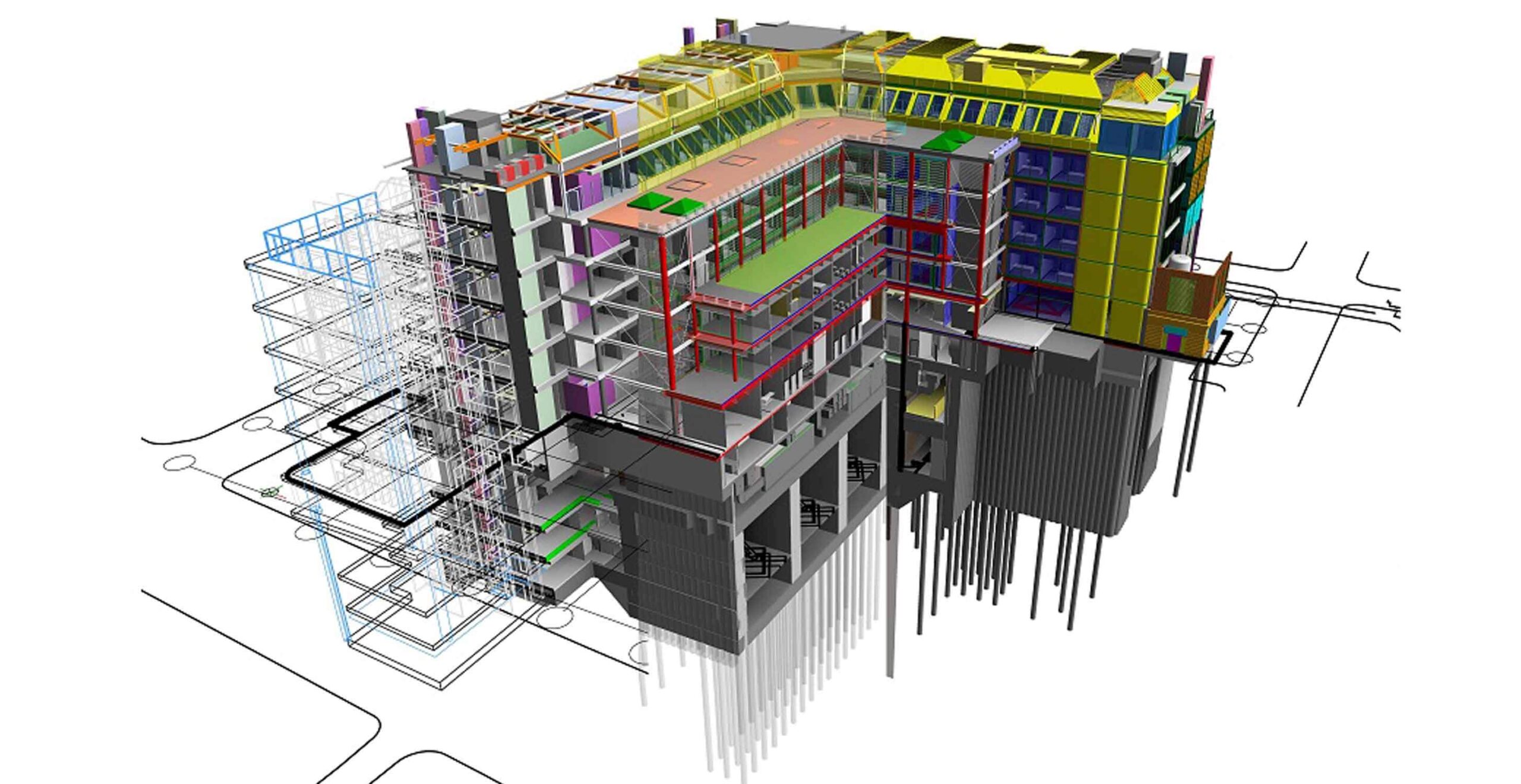PROCEDURE OF STRUCTURAL DESIGN
In this article named “Procedure of Structural Design”, the steps involved in the design process are described.
The primary objective of structural analysis and design is to produce a structure capable of resisting all applied loads without failure during its intended life. If improperly designed, elements of a structure would fail causing serious consequences such as large expenses or ultimately losses in lives which cannot be compared with any cost.
Once the architectural engineer sets the function and layout of the structure, the role of the structural engineer begins which can be summarized in the following steps to develop a safe, functional and economic structures.

STEP 1: CONCEPTUAL DESIGN.
In this stage, initial design of the building elements (e.g. slabs, beams, columns …etc.) is performed based on code recommendations.
It starts with selecting the appropriate columns’ locations and orientation in such a way that they do not interfere with the architectural drawings. For example, you do not want a column to be in the middle of a room or something like that. Also, one should consider that at least 30% of the total number of columns to be in either x- or y- directions to give adequate earthquake resistance of the building.
After that, the type of structural system is selected. For instance, the slab might be chosen to be solid slab, hollow block or flat slab … etc. Accordingly, the location of beams are determined.
STEP 2: DETERMINING THE INTERNAL FORCES OF EACH ELEMENT
After finishing the initial design, the exact dimensions of each building element shall be determined. First, an analysis model is created for the building with its initial dimensions as determined from STEP 1 on an analysis software such as SAP2000 , ETABS , SAFE.
All the loads that act on the structure have to defined in the model such as dead loads, live loads, wind and earthquake loads … etc.
From the model, the internal forces [Normal Force, Shear Force, Bending Moments] on each elements is calculated.

STEP 3: ITERATIVE DESIGN
Now you have the straining actions on the elements based on the initial sizing and simply, you can use them to design according to the relevant code. The design process became so easy by using some spreadsheets or any other software that facilitates the design.
Next, the analysis model should be modified to the new dimensions obtained from the previous design and the analysis is re-run. Internal forces are obtained and design is made again based on the new forces.
This iterative process is repeated until the element design be the same in two following iterations.
STEP 4: FOUNDATION DESIGN
After the final dimensions of members are found, the foundation system type can be selected taking in consideration, the bearing capacity of the soil and the loading coming from the structure.
STEP 5: DRAFTING
In this step, the structural plans are created. These plans should be fully detailed such that the construction process in the site can proceed smoothly and not delayed due to missing data in the drawings.
“Nothing is so inspiring as seeing big works well laid out and planned and a real engineering organization.”
Frederick Handley

